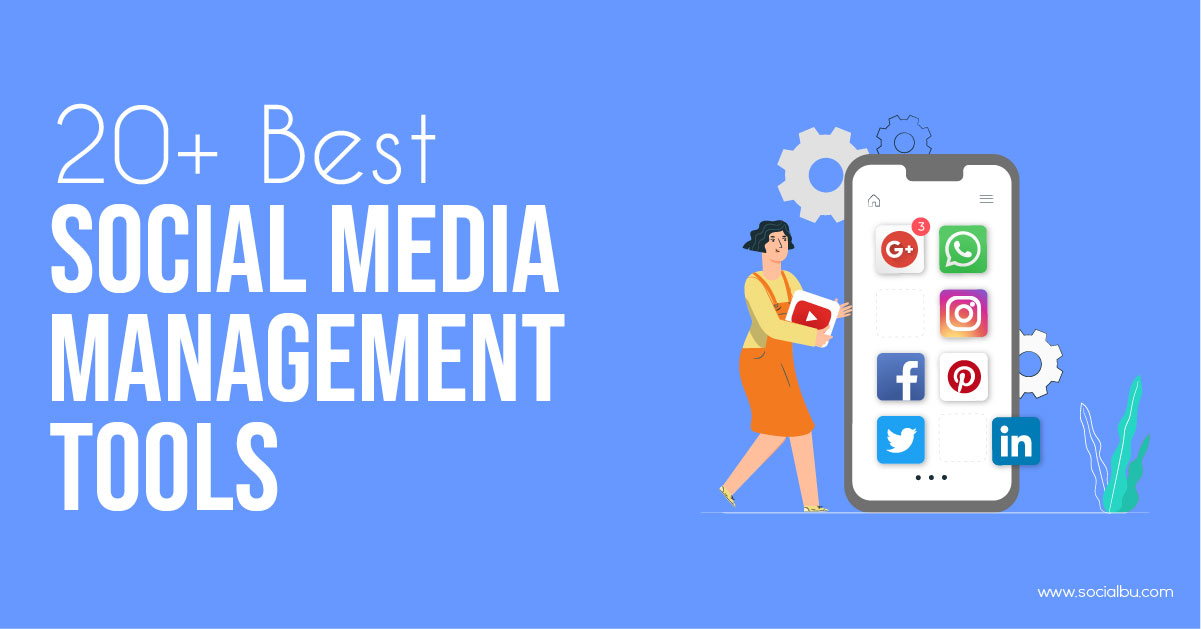In the ever-evolving digital realm, social media has emerged as a transformative force, reshaping communication, commerce, and culture. As we step into 2024, the landscape of social media continues to expand and diversify, presenting both opportunities and challenges for users, businesses, and society at large. This definitive guide aims to dissect the intricate facets of social media in 2024, offering insights into its definition, evolution, impact, and the strategies to navigate this dynamic terrain.
I. Understanding Social Media: Definition and Evolution
A. Defining Social Media:
- Social media encompasses online platforms and technologies that enable users to create, share, and interact with content in virtual communities.
- It facilitates the exchange of user-generated content, including text, images, videos, and audio, fostering communication and collaboration on a global scale.
B. Evolution of Social Media:
- From the early days of blogging and forums to the rise of mainstream platforms like Facebook, Twitter, and Instagram, social media has undergone significant evolution.
- The advent of multimedia sharing, live streaming, and ephemeral content has transformed how individuals and businesses engage with audiences.
- Emerging technologies such as augmented reality (AR), virtual reality (VR), and blockchain are poised to reshape the future of social media, offering new avenues for immersive experiences and decentralized networks.
II. The Impact of Social Media on Society
A. Communication and Connectivity:
- Social media has revolutionized communication, breaking down geographical barriers and facilitating instant interactions between individuals across the globe.
- It has empowered marginalized communities to amplify their voices, driving social movements and advocating for change on issues ranging from civil rights to environmental activism.
B. Influence on Culture and Behavior:
- The pervasive influence of social media on popular culture has transformed trends, tastes, and consumer behavior.
- It has given rise to influencer culture, where individuals leverage their online presence to shape consumer preferences and brand perceptions.
C. Challenges and Controversies:
- Social media platforms have faced scrutiny over issues such as privacy breaches, misinformation, and algorithmic biases.
- The proliferation of fake news and online harassment has raised concerns about the impact of social media on mental health and societal cohesion.
III. Navigating the Social Media Landscape: Strategies and Best Practices
A. Personal Branding and Digital Identity:
- Building a strong personal brand on social media involves crafting authentic content, engaging with your audience, and maintaining a consistent online presence.
- It’s essential to strike a balance between authenticity and professionalism while leveraging storytelling and visual aesthetics to convey your message effectively.
B. Content Creation and Curation:
- Creating compelling content that resonates with your target audience requires understanding their interests, preferences, and pain points.
- Embracing multimedia formats such as videos, infographics, and interactive polls can enhance engagement and drive organic reach on social media platforms.
C. Community Engagement and Relationship Building:
- Cultivating a loyal community of followers involves actively engaging with your audience through comments, direct messages, and live interactions.
- Building genuine relationships with your followers and peers fosters trust and loyalty, driving long-term growth and advocacy for your brand or cause.
D. Data Privacy and Security:
- Protecting your personal data and privacy is paramount in an era of increasing surveillance and cyber threats.
- It’s crucial to familiarize yourself with the privacy settings and security features of social media platforms, as well as practicing good digital hygiene to mitigate risks such as identity theft and online harassment.
IV. The Future of Social Media: Trends and Predictions
A. Rise of Niche Communities:
- As social media continues to mature, we can expect the emergence of niche communities catering to specific interests, identities, and subcultures.
- These micro-communities offer opportunities for deeper engagement and targeted marketing, as users seek more meaningful connections and personalized experiences online.
B. Integration of AI and Machine Learning:
- Advances in artificial intelligence (AI) and machine learning are poised to revolutionize the way we consume and interact with social media content.
- AI-driven algorithms will enable personalized content recommendations, predictive analytics, and real-time moderation, enhancing user experiences while posing ethical dilemmas around data privacy and algorithmic bias.
C. Decentralization and Web3.0:
- The advent of blockchain technology and decentralized networks promises to democratize social media, empowering users with greater control over their data and digital assets.
- Web3.0 platforms built on decentralized protocols offer alternatives to centralized social media giants, fostering innovation and competition in the digital economy.
Conclusion:
In conclusion, social media remains a powerful force shaping our interconnected world in 2024 and beyond. As users and stakeholders navigate this dynamic landscape, understanding the definition, evolution, and impact of social media is essential for harnessing its potential while mitigating its pitfalls. By embracing best practices, staying informed about emerging trends, and advocating for a more ethical and inclusive digital future, we can leverage social media as a catalyst for positive change and collective empowerment.
